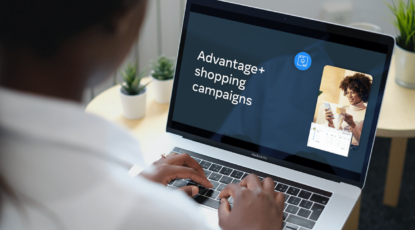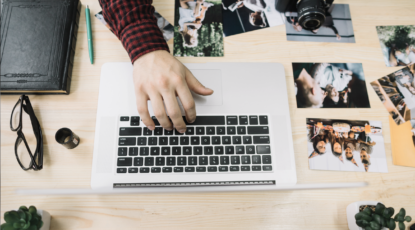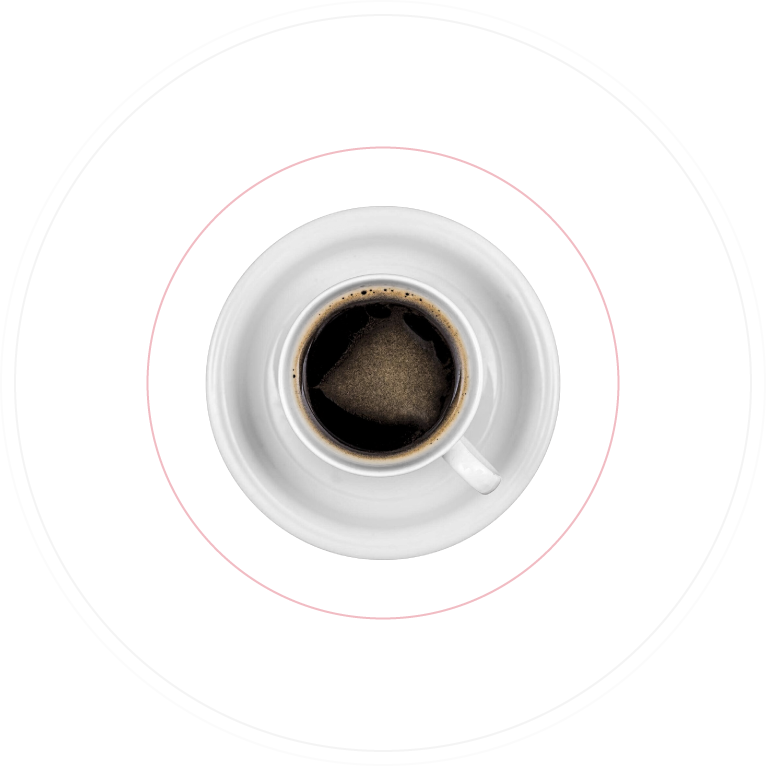We all know from our own experience that high quality images on the web are important. We won’t order food that doesn’t look appealing in the picture, we’ll skip the blog with blurry or off-topic pictures. Even so, many entrepreneurs use pictures taken with a phone with a weaker camera or choose an image from a photo library. But it doesn’t end with the image selection. Read on for some tips on how to properly optimize images for the web.
Basic requirements for an image on the web
You should have the right to the image in the first place, otherwise you risk a letter from the injured party’s lawyer. Therefore, use your own images, photos taken by a professional for your business, images purchased from photo libraries or photos with CC0 or CC0 license. Public domain. To be absolutely sure that you are using photos with commercial use rights, make sure that:
- you enter into a commercial contract with the photographer, which transfers all rights to the photographs to you,
- you have purchased photos from a photo library with the appropriate license (if you want them to be part of the WordPress themes you resell, for example, you need an extended license)
- if you are downloading images from free photo libraries, you can determine the origin of the photo, i.e. it is not an original photo downloaded from a paid photo library and uploaded under a fake author (download photos from photo libraries where there is a narrow selection of original authors, or it is a database of photos set up by an otherwise paid photo library).
If you are not an experienced photographer, you’d better leave this job in the hands of professionals. You will definitely get a return on your investment. Photos should be of good quality, well lit and edited.
What types of images should I avoid?
I don’t need to remind you that images should fit into the content of the blog. Avoid these types of images where possible:
- the picture is a cliché, unrelated to the text, and we’ve seen it on a million other sites,
- the image is blurry or blurry,
- the picture is poorly lit and overall it is amateurish and poor quality photography,
- these are moving gifs, they are popular but they distract from the text, disturb the reader and, above all, have minimal narrative value.
How to choose the right image format?
You may have noticed that there are several image formats. To make it easier for you, here are the most common tips with an explanation of when they are suitable and when they are not:
- jpegs are currently the most used image formats on the web, they offer good quality with a smaller size, an excellent compromise, especially when it comes to ecommerce websites.
- pngs offer higher quality, but are also larger. The png format is recommended for social media. For example, Facebook can corrupt a jpg image, but a png image will retain its quality even after being compressed by Facebook.
- gifs support animations or are suitable for icons or small graphics with minimal colour, but definitely don’t use them for photos or more complicated images, they take up unnecessary space and they don’t reach the quality of jpegs and pngs.
Large images slow down your website
Before uploading, be sure to shrink your image before uploading, it is not enough to adjust the dimensions for display in WordPress or another CMS. The size in kb or even Mb usually remains the same. You should keep the quality to size ratio as low as possible. If a single image is around 100 kb it’s fine, but if it’s around 0.5 Mb or more, it slows down your site and affects your ranking in search engine results. Google’s algorithm also takes into account the speed at which your pages load.
You can reduce the image via software like IrfanView, which is free, Photoshop with the ability to save the image for the web, and on Macs via Preview. If you still have an image in kb that is quite large, you can try one of the online online compression services such as tinyjpg or tinypng. It’s not an ideal solution, but it will reduce the size of your images as much as possible and maintain the quality.
The title of the picture is also important
Very few bloggers, entrepreneurs and even marketing agencies rename an image before uploading it. Google spiders still can’t read images, so we need to help them. What do they learn from the image, which is called IMG82801.jpg? Nothing. And what does the children’s-house-garden.jpg tell them? Well, they’ll probably learn a bit more. This Google image title reads like playhouse garden. If we use underscores, i.e. detsky_domcek_zahrada.jpg, Google reads it as detskydomcekzahrada, which is a bit less understandable.
So when you title your image, make sure it contains keywords and hyphens, and that it is free of diacritics, capital letters, underscores and any strange characters.
What is good alt text for?
When inserting an image, it is advisable to include alt text for several reasons, as additional information for search engine spiders, as information for blind people browsing your site, and it will be displayed even with a slower internet connection if it does not load completely. When creating alt text, try closing your eyes and asking someone to read it to you. Can you imagine what is in the picture? Great! Of course, you shouldn’t overstuff it with keywords. You really just need to be brief and describe in a few words what is in the picture.
The description of the picture will help readers to navigate through the text
Did you know that only 20% of visitors to your blog read the text? The others will just skim it with their eyes and at most read the part that is relevant to them. Mostly they scan the headlines with their eyes, look at the pictures and read the caption under the picture. So by ignoring the description, you are missing a chance to engage the reader to spend a little more time with your article and maybe check out some more.
Summary
When optimizing your images, go through this checklist:
- the picture fits the content, it’s high quality and it’s not cliché,
- you have the right to use the image for commercial purposes,
- you have selected the correct image format (jpeg is best for the web),
- the image is resized and the size in kb is around 100 kb or less,
- the filename contains keywords and is written with hyphens,
- the image has alt text specified,
- the picture has a description.


